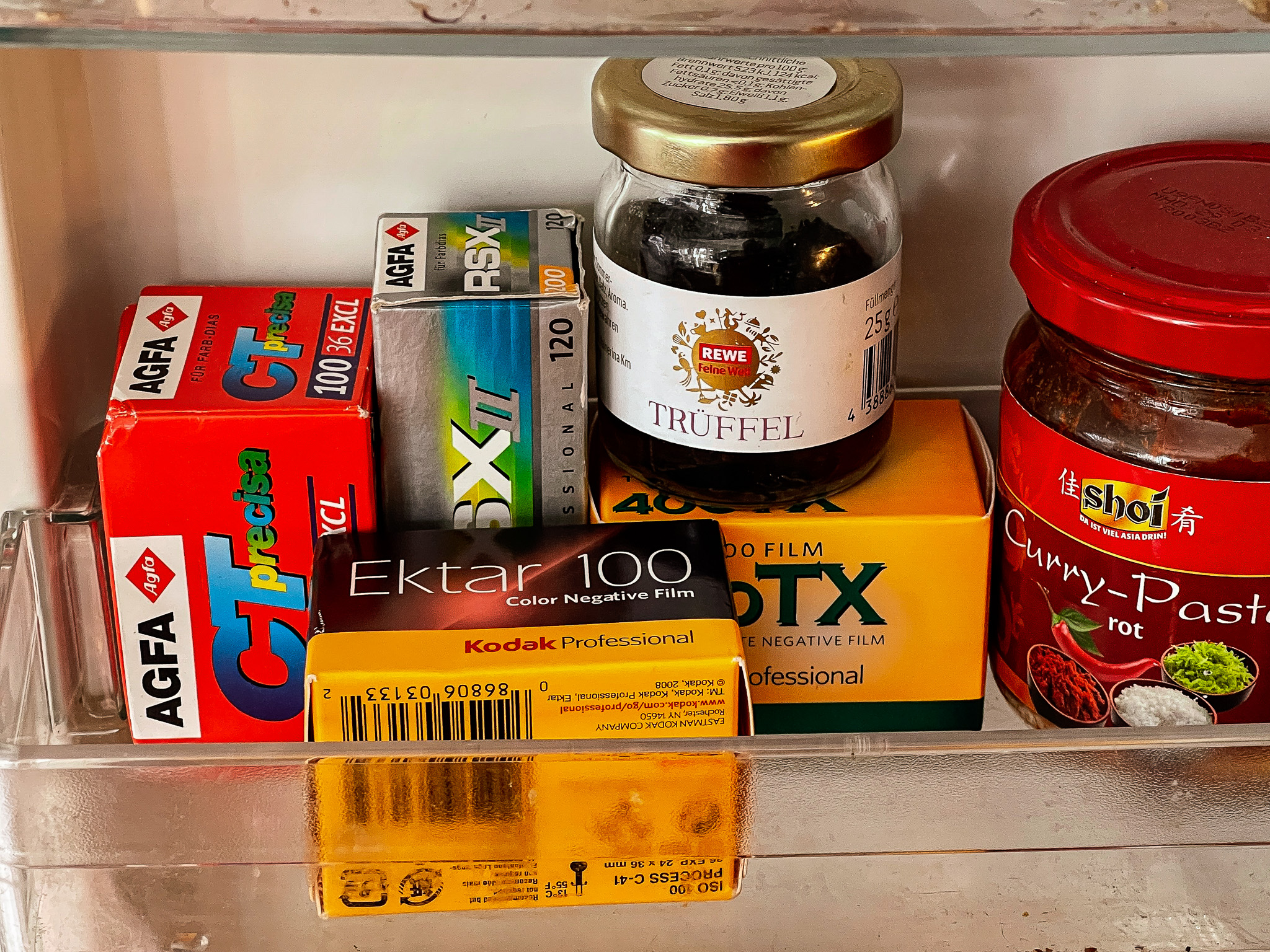
…because it is priceless.
Everywhere these days one reads big whine about upcoming film price increases at Kodak. That is usury, now the hobby is over, there is even some bubble bursting (?)
No matter how unpopular my opinion on it may be: The whining about rising film prices is unjustified. Because fresh film cannot be expensive enough. Yes, film is getting more expensive, sometimes erratically and significantly, like now in January, but that’s a good thing. Why? Because only what makes a profit for the manufacturer can also be a sustainable business. Producing and distributing films is not a charitable task, and the economies of scale of a mass market have long ceased to exist.
To put it another way: Kodak had to file for bankruptcy almost ten years ago, and what is left of the yellow giant is not a healthy, flourishing start-up, but a sluggish, wounded giant, shaken by a mountain full of legacy issues (encrusted structures, too much bureaucracy , machines that are far too big, bad decisions, etc.) and new challenges (environmental protection, procurement of raw materials, raw material prices, Covid, etc.) To be honest, I find it a real miracle that Kodak is still alive and operating at all, and that there are still so many of us delivers films of unrivaled quality — especially in the motion picture sector, the Ektachrome 7294 and the Vision3 materials are simply unmatched and unrivalled.
Analogue film has only just arrived where it belongs: in the area of affordable luxury goods. Because what are we talking about here? A quarter of all Germans smokes, and a box of fags costs € 7. Can you still get a large beer in your favorite pub for € 5? I haven’t been able to go there for so long. And gasoline – more expensive than ever before, but people are still buying more and more SUVs and driving them to get sandwiches. And if we buy a good bottle of wine, or an organic ribeye steak instead of a kilo of discounter minced meat — what do we put on the table for it? Only half as much as our neighbors in Italy and France, but still we don’t complain, or only quietly, because quality has its price. and that applies to product quality as well as quality of life.
Mind you, I’m not talking about heating costs, but about luxury goods: we are not entitled to the latter. Not everyone can afford it to the same extent, some not at all — but I’m so tired of hearing the whining about it, as if there were some kind of right to cheap, subsidized film. There is none. Deal with it. Because analog film has long ceased to be a mass market, and it is also not a growth market to be taken seriously, even if that is often claimed. Film is a small luxury item that is used to beautify life. Film is priceless!
Yes, it’s annoying when you have to co-finance Alaris and their pension fund in addition to the manufacturer Kodak when buying Kodak photo films. But that’s just the way it is. And it’s also annoying that the E100D cassette appears more expensive in Germany than in the US. That’s just the price for Kodak films still existing. Other industries in the luxury goods sector have completely different margins and cross-financing hurdles or taxes to pay, and we shop happily without thinking. In contrast to pure luxury foods, film is not really ephemeral!
Analog film has simply been cross-subsidized for far too long. And by that I mean not only the sale of three-packs in the local drugstore, with price war margins that made any investment in long-term survival impossible, but also the practice invented by small manufacturers (such as Maco, Adox, Rollei, Lomogrpahy, Wittner etc.), to re-packaged old materials “found somewhere” as a new product. Basically, I think that’s a nice idea and I’m fascinated by how much you can use marketing and a nice story to spruce up remnants of any X-ray-, traffic surveillance- , microfilm- or simply leftover-film that have been stored for decades to become premium products. And yes, I bought them too and enjoyed using them. The problem with this is that the film maker (as in: the one coating films) does not benefit from it. Nothing at all.
That’s why I think fresh film can’t be expensive enough. Because the more expensive it is, the longer there will be fresh, modern color film at all. As tiny as this market is, the survival of the ailing giants (Kodak, Fuji) is not a given – and we need them, because Inoviscoat-Orwo has to deliver first: announcing is easy, but actually delivering is difficult. Ferrania showed us that at the latest.
What remains?
If you are really into analog film, you should first estimate how cheap your analog camera was compared to when it was sold “back then”. And also, how many analog cameras you have already bought, even though you actually only need one. And then you put the actual film price again in relation to other luxury good expenses that you make. And if you simply can no longer afford it, do you think again whether filming less often (or taking photos more targeted) might not also be a solution?
Those who now give up their hobby are more attached to bargain hunting or hipster flair than to the medium itself. Those who really love film will continue to buy Kodak and Fuji films, and will be happy every day, week and month that they can continue to beautify their life with these magic strips.
In this sense: good light! (Whereby: The xmas tree’s lighting is usually sufficient for the Vision3 500T.)







Related Posts